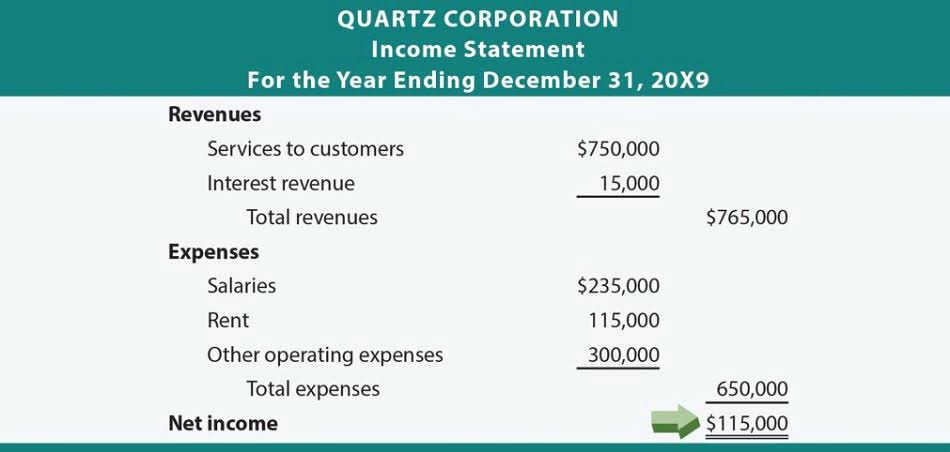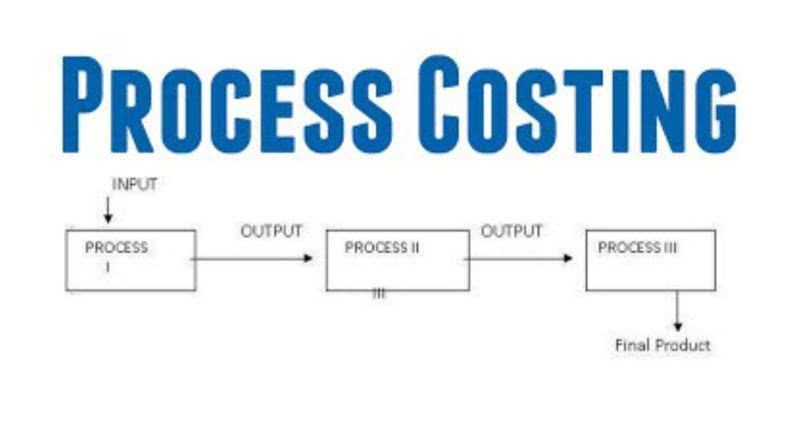
It indicates the difference between LIFO and FIFO inventory method reporting. These methods are FIFO(First In, First Out) Inventory, LIFO(Last In, First Out) Inventory, Specific Identification Method, and Weighted Average Cost. FIFO method better approximates the flow of cost of goods sold, so we will calculate the inventory turnover ratios by converting Company B inventories and cost of good sold to equivalent FIFO basis. Built-in LIFO reserve calculators simplify the process and reduce errors.

LIFO Reserve: Definition, Formula Example, And How Does it Work
- A larger LIFO reserve can result in tax savings by deferring income tax payments into future periods under US GAAP regulations—this impacts cash flow planning and financial strategies for businesses.
- FIFO method better approximates the flow of cost of goods sold, so we will calculate the inventory turnover ratios by converting Company B inventories and cost of good sold to equivalent FIFO basis.
- The main purpose of LIFO Reserve is to bridge the gap between the costs when using LIFO Method and costs when using the FIFO method.
- Seeing how LIFO reserve affects a company’s financials in an example leads us directly into its broader implications.
- Our goal is to deliver the most understandable and comprehensive explanations of climate and finance topics.
Separation and transparency regarding the LIFO reserve contribution to earnings allows shareholders, lenders, and other stakeholders to better understand inventory-related expenses and cash flows. Explicit reporting of the LIFO reserve as its own distinct component improves financial statement interpretability. Without the LIFO reserve, financial statements would be less accurate and comparable between companies using different inventory methods.

LIFO Reserve Journal Entry
- The time that LIFO starts and the time that FIFO starts is of great significance if you want the result of your LIFO reserve to be accurate.
- Overall, understanding the drivers behind changes in the LIFO reserve assists companies with inventory and production planning.
- In simple words LIFO reserve is a tool that helps convert LIFO to FIFO quickly.
- And again remember, cost of sales under FIFO will be based on cost lower than the cost on which LIFO cost of sales is calculated.
The inventory goes out of stock in the same pattern in the FIFO method as it comes in. LIFO reserve is created or raised by simply debiting cost of sales account and crediting a contra asset account that usually goes with the name LIFO Reserve or LIFO Allowance. Similarly if we have cost of sales under FIFO method we can determine cost of sales under LIFO method by adding the LIFO reserve in FIFO based cost of sales. And again remember, cost of sales under FIFO will be based on cost lower than the cost on which LIFO cost of sales is calculated. The LIFO reserve represents the normal balance difference between FIFO and LIFO valuation.
Double Entry Bookkeeping
After learning both FIFO and LIFO cost flow assumptions, one can clearly understand that they are two opposing concepts when it comes to valuation of units sold and units held by the period end. Additionally, significant LIFO liquidation events require adjustments when inventory volumes decline substantially. Finance teams need to reverse the LIFO reserve balance through credit entries, impacting earnings. Tracking inventory levels and market cost changes allows for better planning around liquidations. On the balance sheet, the inventory value is reduced by the amount of the LIFO reserve.

LIFO Reserve, LIFO, and FIFO calculations
- Adjustments are often required to realign inventory valuation and operating results to actual replacement costs.
- The primary purpose of using two different valuation methods (LIFO and FIFO), is to prepare internal and external financial reports in the most advantageous way possible.
- LIFO reserve is the difference between the carrying amount of a company’s inventories under the first-in first-out (FIFO) method and under the last-in first-out (LIFO) method.
- A growing LIFO reserve could mean you’re paying less tax because your costs appear higher due to inflation or price increases over time on newer goods sold first under LIFO rules.
- This $200,000 bridges the gap between the two valuation methods on the balance sheet.
- An increasing LIFO reserve means the cost of goods sold (COGS) is going up.
This is more attractive to internal users of the financial statements, such as shareholders, and typically provides a more real or true profit potential of the business. Company ABC used the LIFO method, whereas another competitor company used the FIFO method for lifo reserve journal entry inventory valuation. The current ratios of both companies cannot be compared due to this difference in reporting. A higher LIFO reserve generally indicates rising inventory costs over time.

Moving on, we delve into an example showcasing the application of LIFO reserve. Businesses can clearly see how much extra cost they bookkeeping and payroll services reported by using LIFO instead of FIFO, just by looking at the LIFO Reserve figure. To calculate the LIFO reserve, you subtract LIFO inventory from FIFO inventory.
